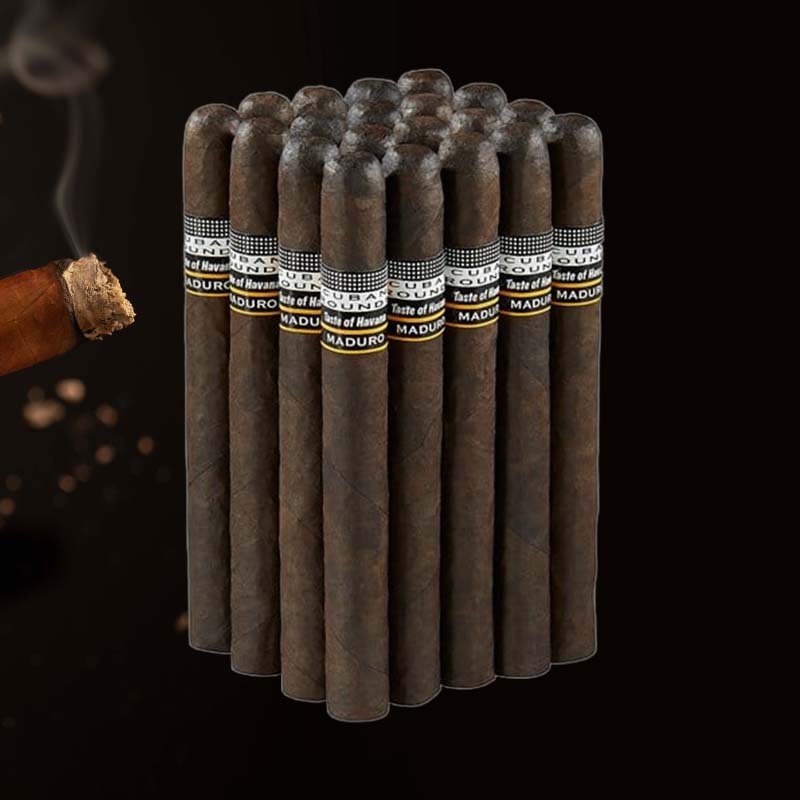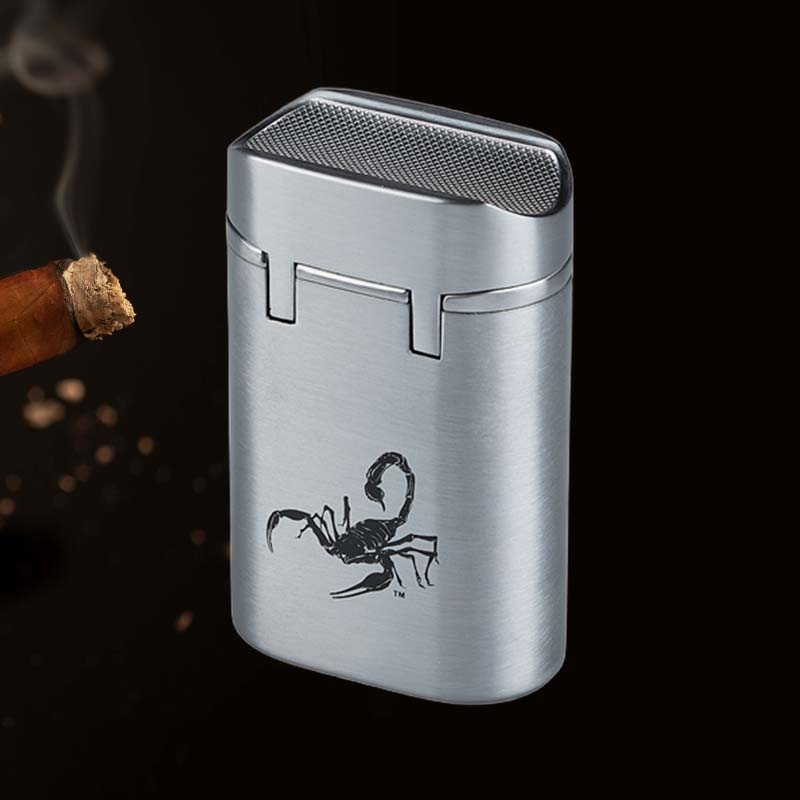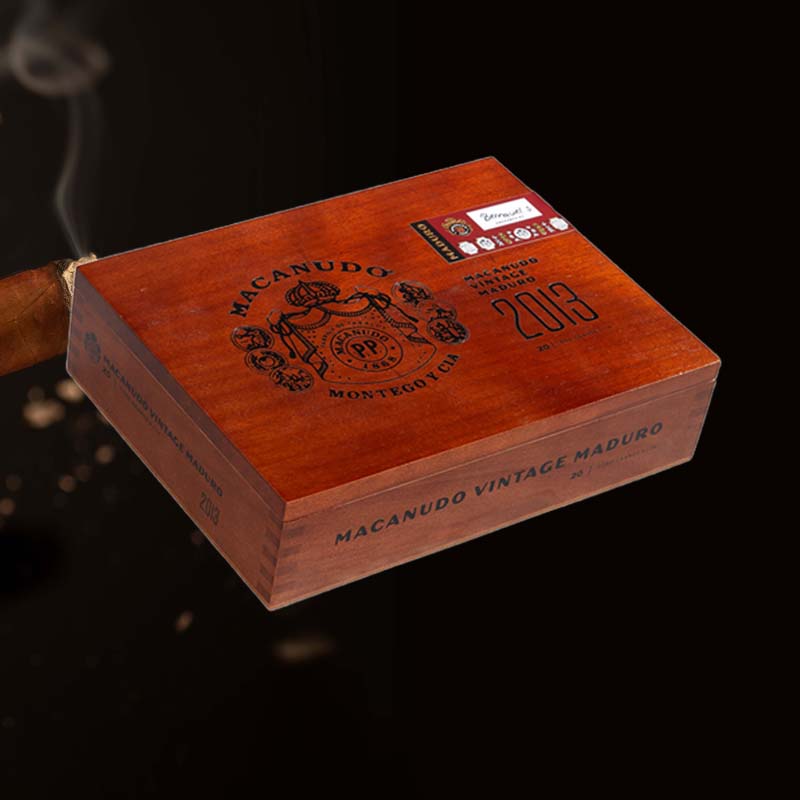Eagle torch lighter troubleshooting
As an avid cigar enthusiast, I often rely on my trusty Eagle Torch Lighter to enhance my smoking experience. There’s something incredibly frustrating about having a beautiful cigar and a lighter that just doesn’t cooperate. I’ve faced my fair share of lighter troubleshooting moments, and I want to help you navigate this journey with ease. In this comprehensive guide, I’ll cover common issues and solutions related to Eagle Torch Lighters, ensuring that your lighter operation is smooth and reliable.
1. Common Issues with Eagle Torch Lighters
Let’s begin by looking into some common problems faced by users. Understanding these issues can often lead to quick solutions that’ll save you time and frustration.
Weak Flame
A weak flame can spoil your cigar moment. This often happens due to a number of reasons, including fuel levels and cleanliness. If you’re struggling to get a strong flame, ensure that you haven’t skipped checking these elements.
2. Check for Fuel Levels
Before jumping into troubleshooting, it’s essential to check your lighter’s fuel levels first.
Butane Lighter Tank is Empty
In my experience, the most straightforward solution is that your butane lighter tank is empty! Simply refill your lighter with high-quality butane and test it again. It’s amazing how a little fuel can bring things back to life.
3. Spark Issues
If you’ve filled up your lighter but still can’t ignite it, spark issues may be at play.
Try to Ignite but No Spark
If your Eagle Torch Lighter won’t spark, it could mean that the piezoelectric igniter is dirty or broken. I often inspect this area and, if necessary, clean it gently to ensure everything is functioning. A clean igniter can significantly improve your chances of a successful light up.
4. Cleaning the Components
Sometimes, a thorough cleaning is all you need to restore functionality.
Burners Get Clogged
Over time, burners can clog with residue or dirt, preventing a robust flame. I recommend using cotton swabs dipped in rubbing alcohol for this process. Regular maintenance not only keeps your lighter operational but also extends its life.
5. Air Trapped in Fuel Lines
Air in the fuel lines can lead to inconsistent performance.
Steps to Purge the Lighter
- Empty any remaining fuel from the lighter.
- Turn the lighter upside down and press the refill valve until no air bubbles escape.
- Refill with butane, making sure to do this in a well-ventilated area.
Purging air can help to clear blockages and restore your lighter’s function.
6. Adjusting Flame Settings
Having control over your flame height is vital for achieving the perfect burn on your cigar.
Need to High or Low Your Fuel Adjustment
When you adjust the fuel settings, just remember that a little goes a long way. I often play around with my flame settings until I find the perfect height suitable for my particular cigar. Adjust the flame to around 1-2 inches for a balanced burn.
7. Hissing Sounds and What They Mean
These sounds can indicate that something isn’t right.
Potential Fuel Leaks
A hissing sound typically means there’s a fuel leak. If you notice this, stop using the lighter immediately and inspect it. Leaks can be dangerous, so it’s crucial to resolve this before attempting to light up again.
8. Maintaining Your Lighter
Just like any tool, maintenance is key to longevity.
Regular Cleaning and Upkeep
I cannot stress enough how vital regular cleaning is for my lighter. I incorporate this into my routine, ensuring that I’m always ready for that perfect cigar experience.
9. Factors Leading to Dampness
A damp lighter is a disaster waiting to happen.
Storage Tips to Prevent Moisture
I advise storing your lighter in a dry, cool place. Avoid keeping it in your car or any area where it can be exposed to fluctuations in temperature and humidity. Using a protective case can also mitigate moisture from damaging your lighter.
10. When to Seek Professional Help
Sometimes, despite all efforts, your lighter may need expert attention.
Indications Your Lighter Needs Repair
If you notice persistent issues after following the basic troubleshooting steps, it may be time to seek professional assistance. This could include broken components that only a qualified technician can repair.
11. Tips for Long-Term Use
Preventative measures can save you a lot of trouble down the line.
How to Prevent Future Lighter Issues
- Regularly clean your lighter.
- Always use quality butane fuel.
- Store your lighter properly.
Implementing these simple tips ensures that you enjoy your lighter for years to come.
12. Frequently Asked Questions
Here are some commonly asked questions that I often get about Eagle Torch Lighters.
Commonly Asked Troubleshooting Questions
Why is my butane torch not igniting?
The most common reason is that your butane lighter might be empty or the igniter is malfunctioning. Check fuel levels first!
What causes a torch lighter to stop working?
Blockages, empty fuel tanks, or issues with the igniter mechanism can all prevent a torch lighter from functioning.
Why is my butane torch hissing but not lighting?
A hissing sound often indicates a potential fuel leak, which can be dangerous, so it’s important to stop using it immediately.
Why is my torch lighter not releasing butane?
This could be caused by a blockage in the fuel line or a malfunctioning valve. Clear any blockages gently.
13. Conclusion
Final Thoughts on Lighter Maintenance: My experiences with the Eagle Torch Lighter have taught me that with a bit of care and understanding, it can be a reliable partner in my cigar journey. By maintaining it well and troubleshooting effectively, I ensure that the next time I reach for my lighter, it’s ready to light up my best smokes. Here’s to smooth lighting and great smoking moments!
















